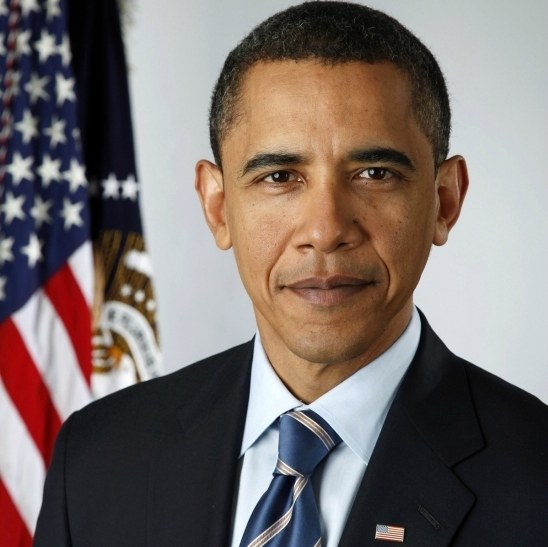 Combating climate change and advancing renewable energy technologies – two priorities of the Obama administration – both received significant attention in the president's latest budget proposal for fiscal year 2016.
Combating climate change and advancing renewable energy technologies – two priorities of the Obama administration – both received significant attention in the president's latest budget proposal for fiscal year 2016.
According to the White House, the budget proposal allows for funding increases to the Environmental Protection Agency (EPA) – the federal agency spearheading the rollout of the administration's ambitious Clean Power Plan, which limits CO2 pollutants from existing power plants. Under the proposal, the EPA would receive $8.6 billion annually, a slight increase from the $8.1 billion the agency is currently allotted.Â
The budget would also create a new Clean Power State Incentive Fund that would provide $4 billion by 2025 to states that are ahead of the minimum requirements for the Clean Power Plan – funds the administration says could be used for climate adaptation, energy efficiency, renewable energy and infrastructure grants.
Obama's budget proposal allows for $7.4 billion for renewable energy provisions: namely, extending the production tax credit (PTC) and investment tax credit (ITC) permanently.
According to a summary budget released by the White House, permanently extending the PTC and ITC would increase the federal deficit by $869 million in fiscal year 2017, $2.3 billion in 2018 and $3.2 billion in fiscal year 2020.
To view a summary of the budget, click here. [References to the PTC and ITC appear on page 39 and 44 of the 52-page document.]
However, the proposal is just that, notes Frank Maisano, energy policy analyst at law firm Bracewell Giuliani's Policy Resolution Group, adding that Republicans are unlikely to sign off on the proposal.Â
‘[Although] it will be never really considered on Capitol Hill, [the budget proposal] always offers valuable political and policy insight into what the White House will focus on in its final two years,’ Maisano says.Â



